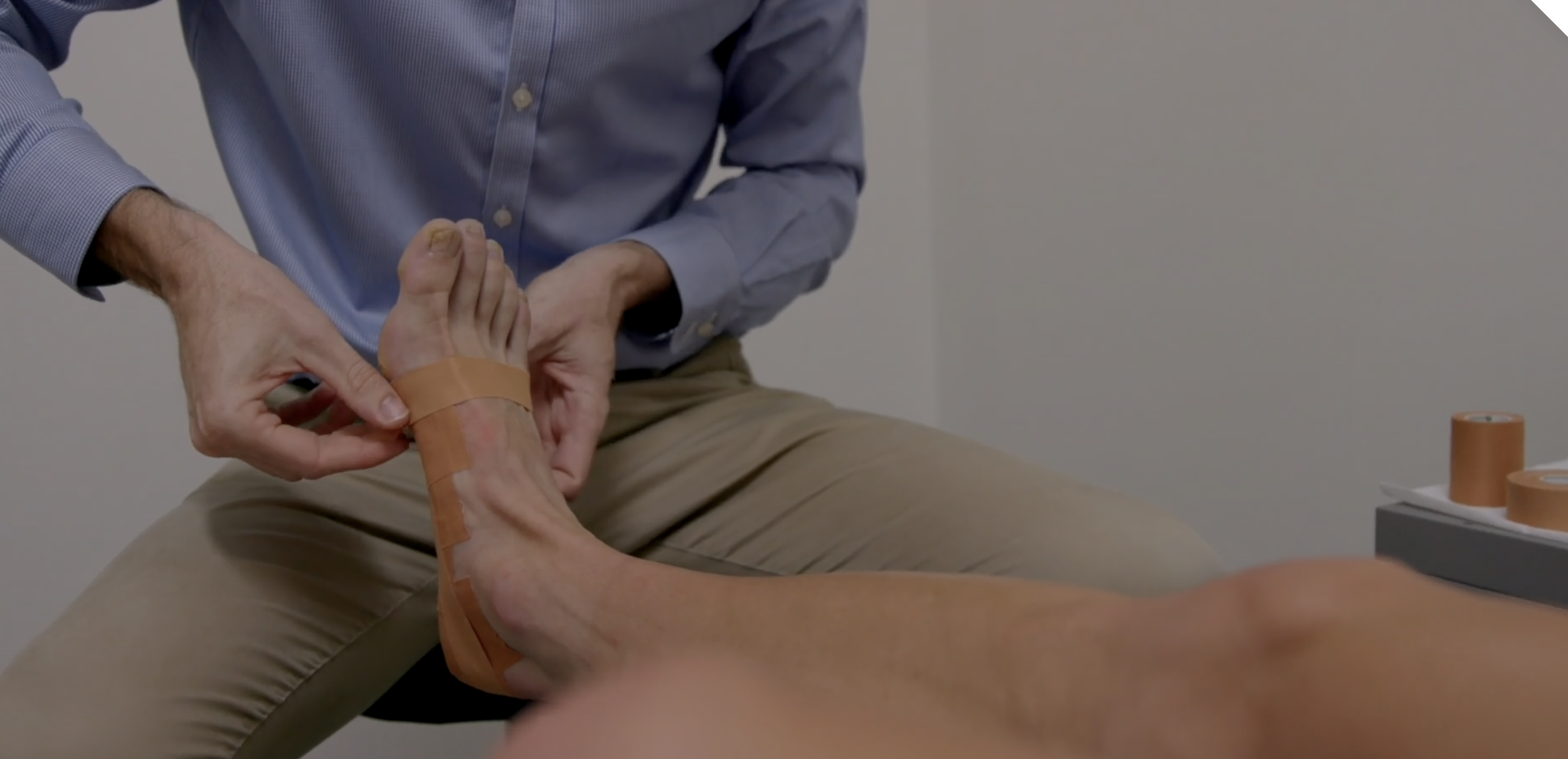
Intermetatarsal Bursitis
Intermetatarsal bursitis is a condition characterized by inflammation of the bursae (small fluid-filled sacks) located between the metatarsal bones in the foot. These bursae act as cushions, reducing friction between bones and soft tissues. When they become inflamed, it results in pain, swelling, and discomfort in the ball of the foot, often worsening with walking or standing.
Common causes of intermetatarsal bursitis include repetitive stress or overuse, wearing ill-fitting shoes, foot deformities such as bunions or hammertoes, and high-impact sports. Symptoms typically include sharp or burning pain in the ball of the foot, swelling, and a sensation of fullness or pressure between the toes.
-
Athletes, individuals who wear tight or high-heeled shoes, and those with foot deformities like bunions or hammertoes are at higher risk.
-
Diagnosis is based on a physical examination and medical history. Imaging tests like ultrasound or MRI may confirm the diagnosis and rule out other conditions.
-
Treatment includes rest, ice, anti-inflammatory medications, proper footwear, orthotic inserts, and rehabilitation exercises.
-
Prevention involves wearing properly fitting shoes, avoiding high heels, using orthotic supports, and avoiding repetitive stress on the feet.
-
Recovery time varies but can range from a few weeks to several months, depending on the severity and treatment. See a podiatrist if you experience persistent foot pain, swelling, or discomfort that doesn’t improve with rest and self-care measures.
